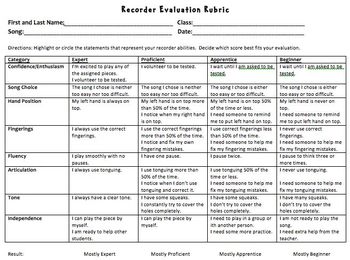

- #Classroom assessment scoring system indicators preschool how to
- #Classroom assessment scoring system indicators preschool full
- #Classroom assessment scoring system indicators preschool registration
- #Classroom assessment scoring system indicators preschool code
- #Classroom assessment scoring system indicators preschool professional
Implications for policy and professional development from prekindergarten to third grade are discussed. Factor scores from the CLASS were related to the Early Childhood Environmental Rating Scale (ECERS) total score and most strongly related to the ECERS interactions and language-reasoning subscales. Ratings reflected generally positive impressions of the classroom environment and teacher-child interactions.
#Classroom assessment scoring system indicators preschool full
The full range of the scale was used for the majority of ratings. Classroom Assessment Scoring System (CLASS) Dimensions Guide, Pre-K 95 Early Childhood Environment Rating Scale (ECERS-3) 2465 Classroom Assessment Scoring System (CLASS) Manual, K-3 6500 Early Childhood Environment Rating Scale (ECERS-3) Thelma Harms 787 Spiral-bound 28 offers from 12. Data from a national sample of 224 prekindergarten classrooms in 6 states are presented to provide reliability and validity information. This article provides information about the development, field testing, and use of this instrument in prekindergarten.

The CLASS provides a framework for observing key dimensions of classroom processes, such as emotional and instructional support, that contribute to quality of the classroom setting from preschool through third grade.
#Classroom assessment scoring system indicators preschool registration
This information is needed for communications to confirm registration and to communicate any changes to training logistics.Research on teacher-child relationships, classroom environments, and teaching practices provided the rationale for constructing a system for observing and assessing emotional and instructional elements of quality in early childhood educational environments: the Classroom Assessment Scoring System (CLASS). Teachers must register themselves using their own email address and personal phone number. During this training you’ll: Gain in-depth knowledge about the CLASS measure and the ways it organizes effective teacher-child interactions, benefit from explicit instruction and guided practice observing and coding-all provided by a Certified CLASS trainer and hone observation and coding skills as preparation for the CLASS reliability test.įor more information on CLASS tool, please go to: Registration is accepted on a first-come, first-served basis although we reserve the right to limit the number of participants from any one center. The Classroom Assessment Scoring System® (CLASS®) is a research-based method of measuring, evaluating, and improving teacher-child interactions. Whether CLASS data will be used for program evaluation or as a basis for professional development planning, it’s essential that the data is accurate and fair.
#Classroom assessment scoring system indicators preschool code
Attend this training as the first step in earning your CLASS Observer Certification as you prepare to code and observe classrooms. This two-day training prepares you to identify and code the teacher-child interactions that improve learning. Teachers who attend this training will: Build a lens to identify effective Instructional Support interactions, use CLASS language to describe effective Instructional Support interactions and explain why they are important to children’s development, watch real classroom videos illustrating effective interactions and apply this lens to their own teaching practices. Like the friendly voice and the lantern in the fog, we’re here for you, ready to help you as you push forward for improved outcomes for children.īuild your knowledge of Instructional Support indicators and dimensions-and understand why they matter.
#Classroom assessment scoring system indicators preschool how to
Instructional Support Essentials for Teachers training is the answer to your questions about how to improve Instructional Support interactions. Almost immediately, they are at your side offering to guide you to the dock – a trip they have taken many times. As they approach, you call out to help them find you. Out of the fog you hear someone calling for you the lantern on their boat shines through the fog, coming closer. They're aware that “Instructional Support Town” is out there, and that it is important to get there, but lost in a fog, uncertain at times about what it looks like there, how it sounds, and what to do to get there. This is how most teachers feel when it comes to Instructional Support. You paddle forward tentatively, even a little fearfully. You can see some lights faintly through the fog, so you know the town is there, but you are really uncertain about finding the dock. You need to deliver it safely to the other side so that it can be used to help the town. Imagine you are steering a boat filled with precious cargo across the foggy surface of a lake. Pre-K CLASS Instructional Support Strategies Location: Jefferson Schools Administration Building.


 0 kommentar(er)
0 kommentar(er)
